10 Facts about Protecting Children
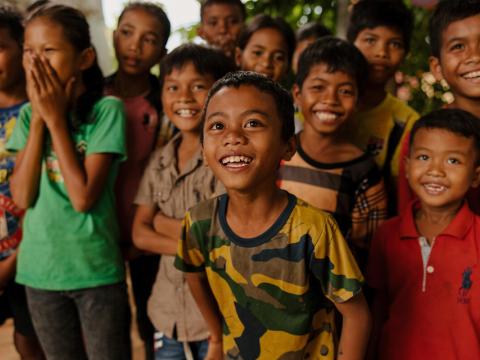
There’s nothing more beautiful than the way a child believes the biggest dreams, the most outlandish endeavours and the truest intentions are all possible. But childhood can be a fragile thing, and too many children are robbed of this basic freedom and their innocence. Here are 10 important facts about child protection and how sponsorship is an important part of the foundations for so many kids.
1) Children have globally accepted rights
World leaders rarely agree, but they do on this point: every person should have an opportunity to be a child. The United Nations’ Convention on the Rights of the Child is the most widely ratified human rights treaty in history, protecting kids’ rights to the essentials for a healthy childhood – from education to health, safety and even play.
Upholding these rights is the foundation of World Vision’s work for children and their parents, to ensure life in all its fullness for every child, no matter where in the world they are born. That’s why child protection – whether it’s training parents and kids about children’s rights, establishing child protection networks of teachers, faith leaders and community groups, or another tried and tested strategy – is a core part of work in every community where children are sponsored.
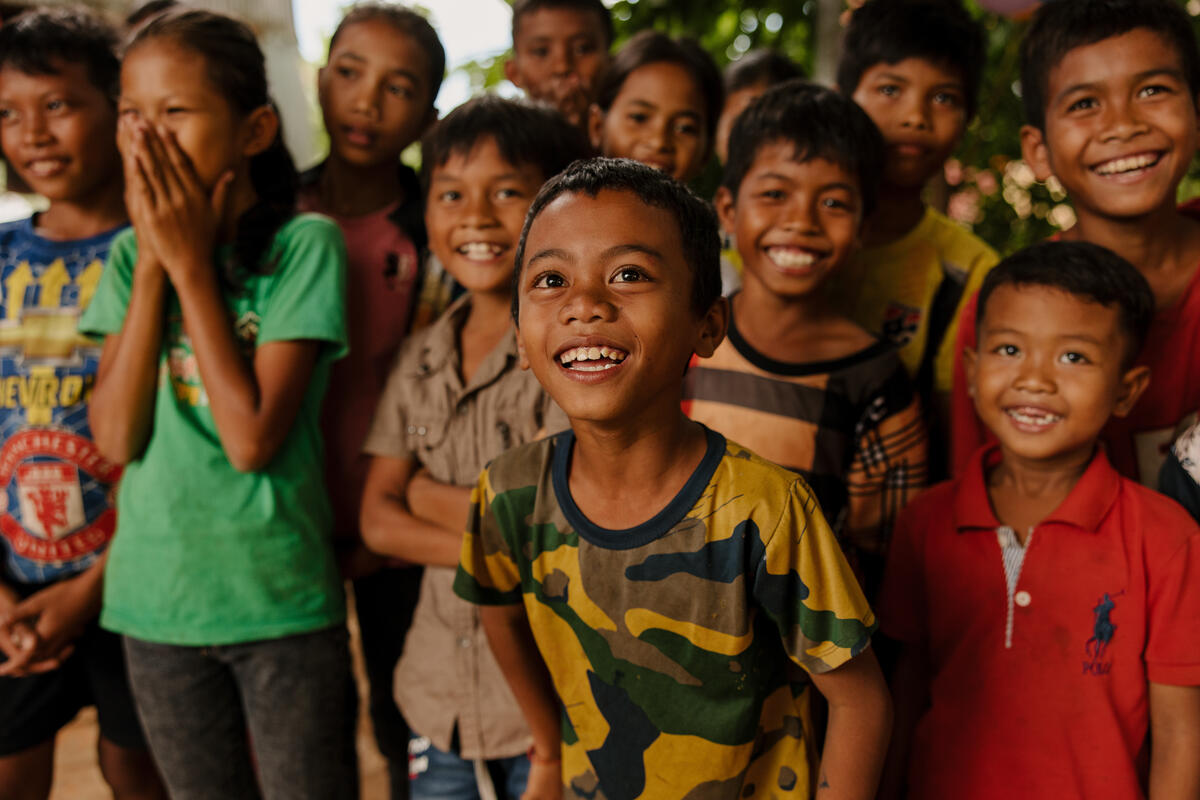
2) Poverty is a key driver of abuse and neglect of children
Child abuse – along with child labour, child marriage and other damaging practices – is highly prevalent in low-income countries. The data paints a clear picture: where children live in poverty, they are at high risk of abuse and neglect, often exacerbated by parents who need to do whatever they can to survive another day.
With nearly half of the world’s population living in poverty, and around 356 million children living in extreme poverty, far too many children are at risk.
3) 160 million children today are victims of child labour and slavery
Around the world, one in 10 children are forced to work, many as modern-day slaves, performing work that is dangerous and stops them from learning and growing. Almost half of all kids involved in child labour are between five and 11 years old. A far cry from an odd job, conditions are usually unsafe, the hours are too long and the risk of sexual, physical and psychological abuse is high. In its worst forms, children are separated from their families and forced into prostitution or other illegal activities.
Child sponsors fight on multiple fronts to protect children from child labour – educating children, parents and communities about children’s rights, supporting families to build businesses or income streams to boost their financial security, and advocating for stronger government-led action and legal protection. When a child is working, local staff work with families to find an alternative solution.
4) One in five girls worldwide is married before the age of 18
In the world’s least developed countries, this number doubles to 40 percent of young girls marrying before reaching adulthood, and 10 percent before they are 15 years old. These girls are deprived of a childhood and are set up for a lifetime of inequality, economic disadvantage, and serious health consequences related to early sexual activity and pregnancy. They are often denied choices about their own lives, like whether to pursue an education, the work they want to do, or how they want to live their life.
Though there are laws against child marriage in nearly every country, cultural expectations and economic drivers are often stronger influencers of social norms. Child sponsors enable local staff to work with girls, parents and community leaders to end this injustice. Together, we teach girls, families, teachers, faith leaders and other community members about girls’ rights and the damaging effects of child marriage, help parents to earn the money they need to provide for their families without marrying off their girls, support girls to go to school, strengthen community networks that protect girls, advocate for social and structural change, and engage legal representatives when appropriate.
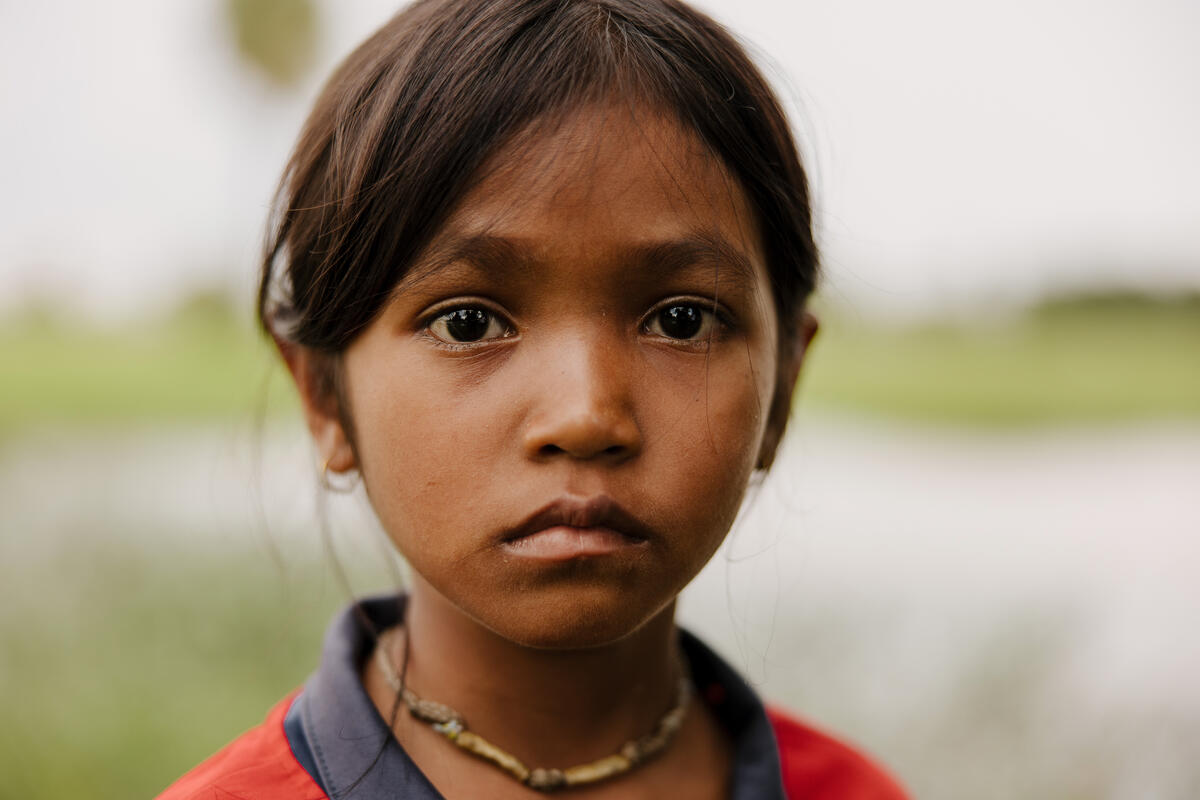
5) A culture of harm is accepted in some cultures, regardless of the law
In some countries, social norms, beliefs and traditions that can cause real harm to children are deeply engrained in the culture. For example, destructive practices like female genital mutilation, honour-based violence and dowry deaths remain in many communities, despite laws against them. FGM is still practised in at least 30 countries around the world because of strong social and cultural pressure, despite a high risk of infections, psychological trauma and even death.
But positive change is also happening because culture is never static – and sponsorship is a powerful catalyst in this area. Through sponsorship, children, parents, faith leaders and other community members are exposed to new perspectives, learn about the law, and have support to speak out for change.
6) Conflict and natural disasters increase the risk of violence towards children
Emergency situations can leave children highly vulnerable to harm, including violence. Children may be separated from their parents or usual caregivers out of necessity and find themselves suddenly alone, struggling to meet basic needs like food, water and shelter. Adults in these situations may also be in a state of stress, which can increase the risk of abuse and negative methods of coping. At the same time, normal safeguards, including health, education and protection services may not be available.
When disaster strikes in this way, World Vision is already working in the places where it’s hardest to be a child with established networks and capabilities. Because of sponsors, local staff are empowered to respond to a natural disaster or crisis immediately so communities have the support they need in the toughest times to protect children, restore services and rebuild lives after crisis events.
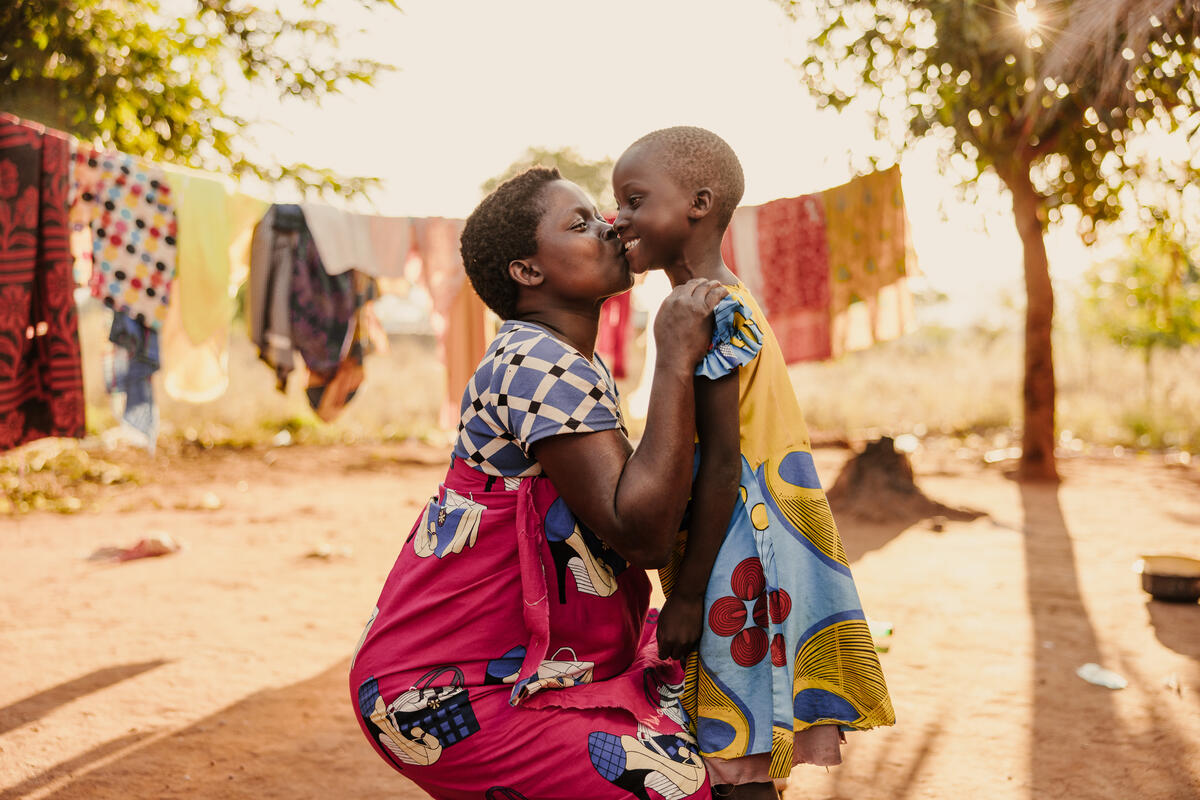
7) Children as young as six years old are recruited as soldiers around the world
Around the world, one in five children is currently living in areas affected by armed conflict, with numbers rising. In addition to the broader risks conflict creates for these kids, sometimes children as young as six are forced to fight on the frontlines or take on risky and dangerous roles as spies or messengers, where they face a high risk of being killed or injured. Those who survive carry the physical and psychological scars for life. That’s why the United National General Assembly adopted the Optional Protocol to the Convention on the Rights of the Child on the involvement of children in armed conflict to protect children from recruitment in armed conflict.
World Vision is also at work in many of these fragile conflict contexts to add some normalcy to children’s lives through Child-Friendly Spaces. They are places open to children on the fringe of conflict, like those who fled the war in Ukraine for example, and give them a safe and fun environment with games, activities or psychosocial support. They are designed to be an oasis for children and from these interactions, many other opportunities for support and empowerment flow.
8) Parents and trusted adults are sometimes the perpetrators of abuse
This fact is hard to hear, but data shows that it is often those closest to a child who is responsible for their abuse. It’s often parents who sell a child for marriage, and in the case of child labour, three in every four working children are working for their own family. Some parents practice physical punishment, which is linked to many negative outcomes for children and violates children’s rights. Parents’ cultural beliefs, emotional instability, poverty, conflict or lack of education may all play a role in creating the conditions where children are abused.
Child sponsors help local staff come alongside families, faith leaders, and communities to learn about children’s rights and work together to improve children’s well-being. World Vision’s positive parenting sessions have been constantly life-changing for families, enabling them to lead lasting change and break cycles of abuse, violence, neglect or the prospect of child marriage in their home.
9) The COVID-19 pandemic stalled progress in child protection
The COVID-19 pandemic disrupted many things, including putting children in even more vulnerable situations out of necessity and delaying progress to end some of the worst violations against a child’s rights. Global progress to eliminate child slavery has stalled with 9 million children now at risk. An additional 13 million girls are now expected to be forced into child marriages, and an additional 2 million girls are subjected to FGM.
The pandemic itself might be over, but its wide-reaching consequences are still being felt by the world’s most vulnerable. Experts agree that the COVID-19 pandemic dealt the biggest setback to global poverty in decades with more families facing poverty, hunger and poor health, the underlying factors that threaten children’s safety and well-being are on the rise. That means the role that child sponsors play in empowering local staff to help protect children in specific and effective ways has never been so important.
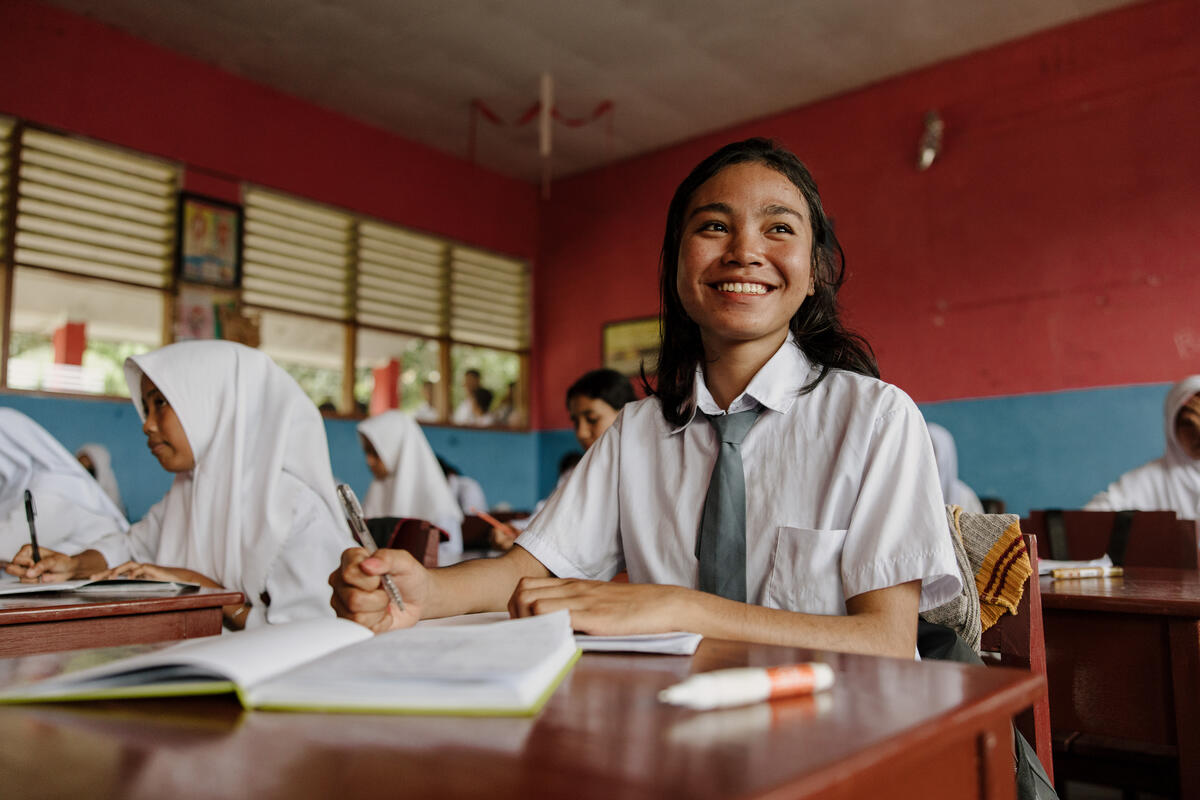
10) Removing a child from harm is just the beginning
It takes time and support for children who have been through traumatic experiences to recover. It takes time to shift social norms or cultural pressures. But child sponsors are ensuring that both can happen. They enable children who have experienced trauma to have the support they need to recover and they partner with communities to reduce the incidence of those events in the long term. The child sponsorship programme works to help a child’s whole community create a safe, supportive environment for that child and other children there to thrive. Child sponsors help children live healthier, happier, safer childhood – and that is a building block for a better future for us all.
Around the world, 2.2 million sponsors are supporting children and their communities to create a better, safer future free from violence and abuse. Thank you, world changers.
Find out more